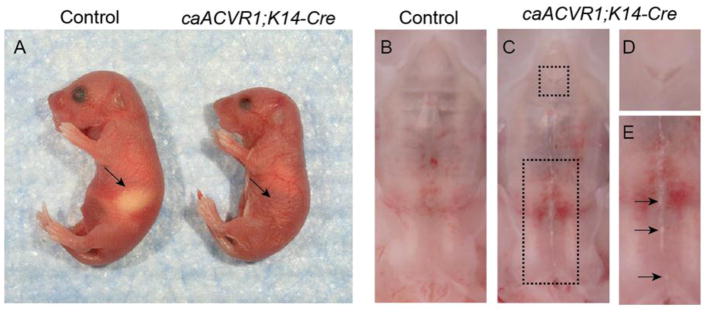Fig. 1. Palatal defects are present in mice carrying epidermal-specific expression of caACVR1.
(A) Control (left) and caACVR1;K14-Cre (right) newborns. Note the absence of milk in the stomach of the caACVR1;K14-Cre pups (arrow). (B) Normal palate development in control mouse. (C) Palate defects in caACVR1;K14-Cre mouse were shown enlarged in panels (D) and (E). The primary palate failed to fuse with secondary palate (D), and a white strip was observed in the midline of the secondary palate including soft palate (E, arrows). Note that cleft soft palate was not identified in caACVR1;K14-Cre mice.

